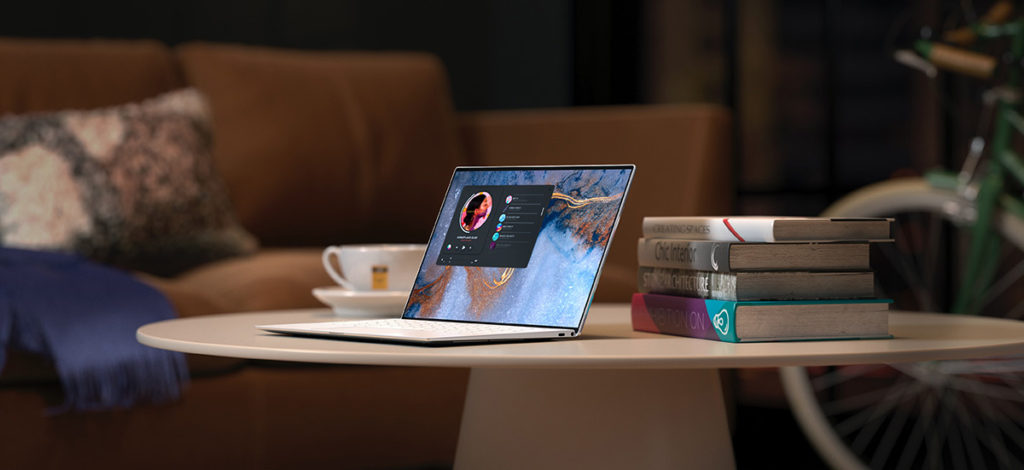
Psychological safety is one of the leading indicators of high performing teams. Yet, building trust can be difficult when your team is remote or largely interacts on screens.
Lena Reinhard is Director of Engineering at CircleCI and she gave a talk about Codemotion Berlin last year about how to foster cohesion and connectivity amongst teams even when teams are distributed across countries and timelines. This article covers some of the key points, but you’ll want to take a look at the video below to enjoy the full conversation.
Building teams is hard, and building distributed teams is even harder. Lena asserts, “I think the main difference between co located and distributed teams is that building a distributed team requires us to be so much more intentional, much less happens organically through osmosis or at the watercooler.”
According to Lena, “Each of us as individuals are one pixel sized part of a team and each of us play a role in building our team. No matter if your closest teammates sits across the desk or on the next continent, you play an important part in making and building your team through small actions and even as tiny as pixels.
Building any team is fundamentally about inclusion. It’s about making sure that everyone has equal opportunities to contribute and is able to do their best work.
Key factors for high performing team building
Research shows that there are five key factors which make teams high performing. These include:
- Psychological safety: “this means that we feel free to express our relevant thoughts and feelings to our teammates. And we believe that they don’t think less of us if we ask for help or we make a voluntary mistake. In psychologically safe teams are able to learn and solve challenging problems together. In other words, the act of speaking up and learning from mistakes is encouraged and celebrated on psychologically safe teams.”
- Dependability: This means that teammates reliably complete quality work and on time. We also need structure and clarity so that everyone on our team knowing what goals look like, what expectations are, and everyone being accountable.
Meaning: All of us need to find a purpose in our work we do and the outputs. - Impact: the feeling that our work has an impact.
The challenge of getting to know your remote colleagues

When we’re in the same location as our teammates, we pick up very small signals about them, like their body language when they’re walking into the office in the morning, or we know how much coffee they’re having today. And maybe they’re a bit tired. Or we also see if they’re tense, or they’re relaxed. All these small signals get completely lost remotely.
Lena recalls:
“When I joined Circle CI last year, I met with everyone in our engineering organisation to get to know the people in our teams. During one of those conversations, one of our engineers said to me, I need to meet my team in person every once in a while to remind myself that there are actual people.
It’s just so easy to forget that we’re interacting with actual humans. When we centre each other’s humaneness, we go beyond knowing what domain expertise our teammates have, or what they got done last week. We get interested and curious and who they are as people and what drives motivates and frustrates them.”
Tips for humanness for remote teams
So here is a set of useful tips to improve the “humanness” of each team member, especially when working a lot remotely:
- Add a photo of yourself to your company’s Slack channel or another chat tool
- When you meet people, greet them with the appropriate greeting for their timezone, even
- Recently, when a new team was formed in our department, they created a document in which everyone on the team answered a few questions to introduce themselves to the others, sharing things like how they got into tech, their career so far, their hobbies, pets, and what they care about in their lives.
- Special interest channels and company chats are really important.
- Be mindful of special events in your teammate’s lives, like knowing which holidays, anniversaries or birthdays they care about and reaching out to them on those days.

Define with your team, how you make decisions and how they get communicated to everyone to make sure that if you want on the team can feel included.
- Lift each other up: “learning together and from each other is one of the best things we can do to grow together and grow as a team. Some teams I’ve worked with have found it really useful to set up mentoring pairs across their team or with other teams as well. But learning can also mean that we’re being proactive in offering learning opportunities to our teammates.”
Learning together
Collaboration is also about learning together. The way that we talk about failure on our teams in particular, has really large impacts on whether everyone on our team feels safe. High performing teams focus on collaboration and identifying problems and solutions together, instead of assigning blame or pointing fingers.
Lena notes,
“This is also why it’s so important to keep post mortems blameless and to hold regular retrospectives to discuss how we work together. Part of learning is also being open about what we don’t know. One of the engineers I currently work with does this really well. They’re really experienced engineer with deep knowledge.
And they will frequently ask questions in public channels, like saying, I don’t know how this works, Can someone help me with this? They also make a habit of sharing new findings and learnings.”

Building teams is never done. All of us constantly grow, evolve and the organisations that we’re in grow and evolve as well. Lena shares: “Systems of humans are ever evolving and full of surprises, which is one of the main reasons why I love working with people so much. building our teams is something continuous that we need to do every single day. We need to continuously learn and grow together.”
So no matter where you are on your team, and no matter if your teammates sit across the table or across an ocean from you, focus on strong connection, intentional collaboration and conscious communication. And continue building your team every single day if one small action and one pixel at a time.
Looking for more team building insights?
If you want to learn more about team building and remote working, check out the following articles on Codemotion Magazine:
- Making remote work: We look at the benefits of remote work and why developer teams should be remote work first
- Why Remote Work Is the New Normal for Devs
- The Importance of Leadership In Developer Teams
- How to foster effective distributed teams
We also have our upcoming Codemotion Conference. We’ll gather all IT professionals with different backgrounds and levels of experience providing them with technical excellence, cutting-edge technologies as well as hands-on activities, best practices & case studies.
Last but not least, if you are thinking of launching your digital event make sure you start with the right foot. We’ve got you covered with a practical guide we created after our first online conference. You can access it in this article where we show some of the best tools for planning a virtual conference.
